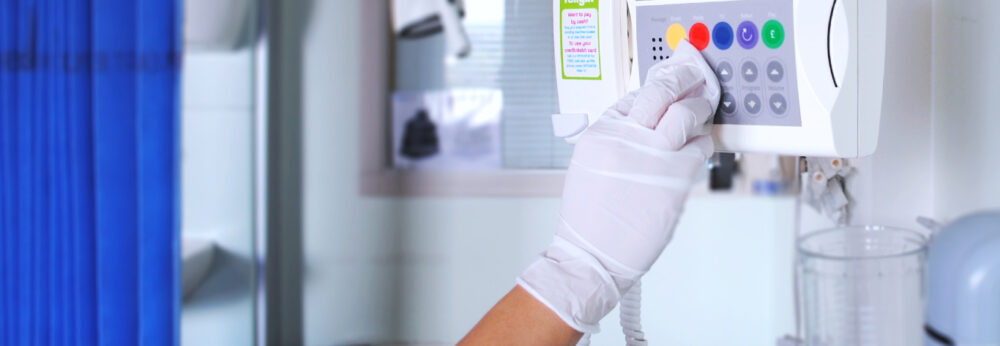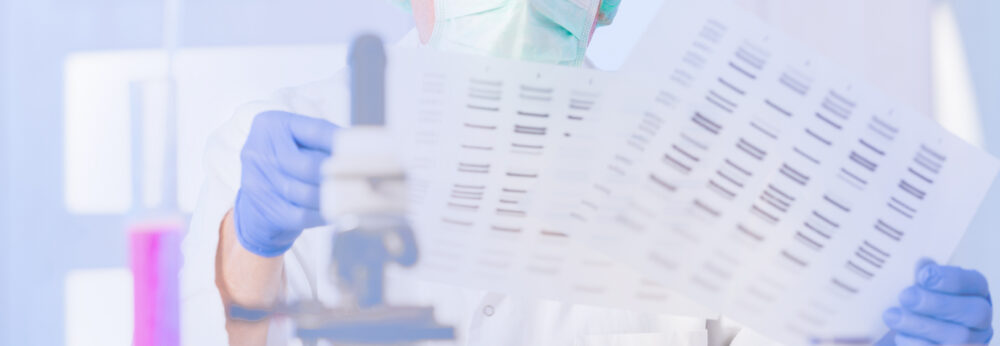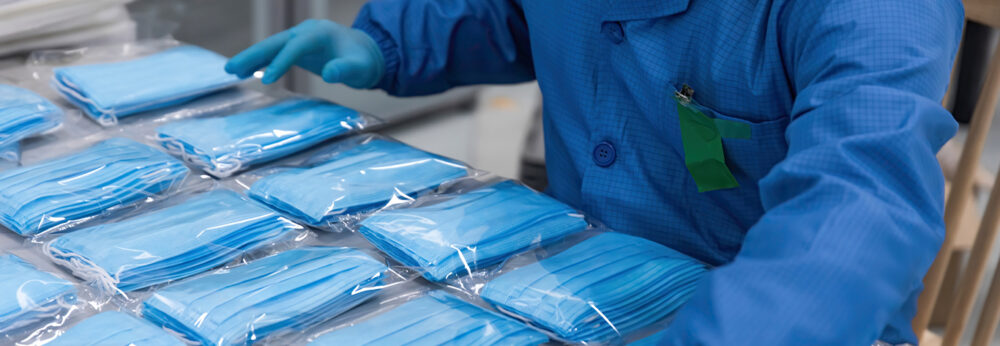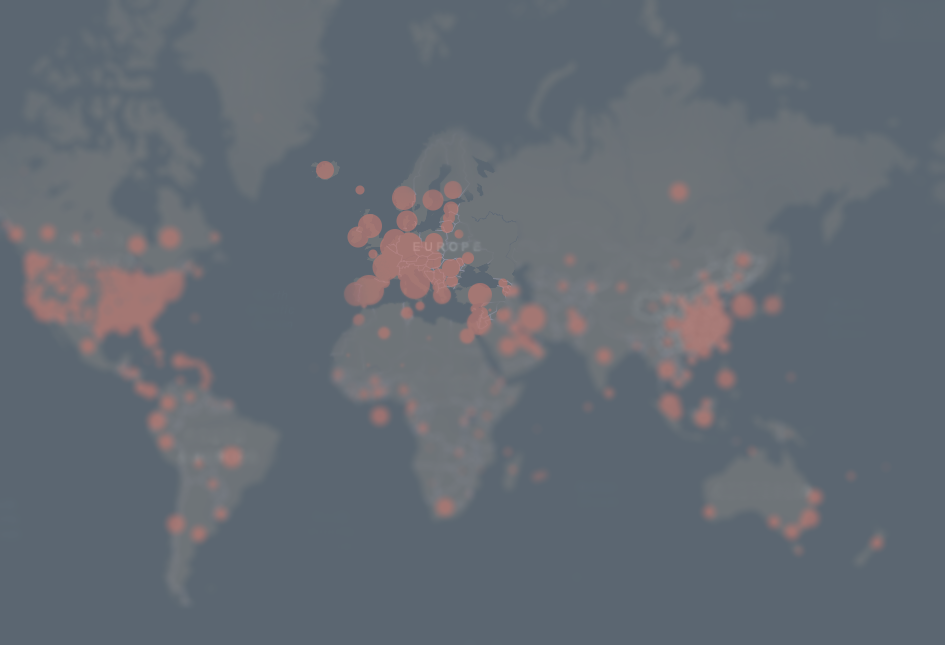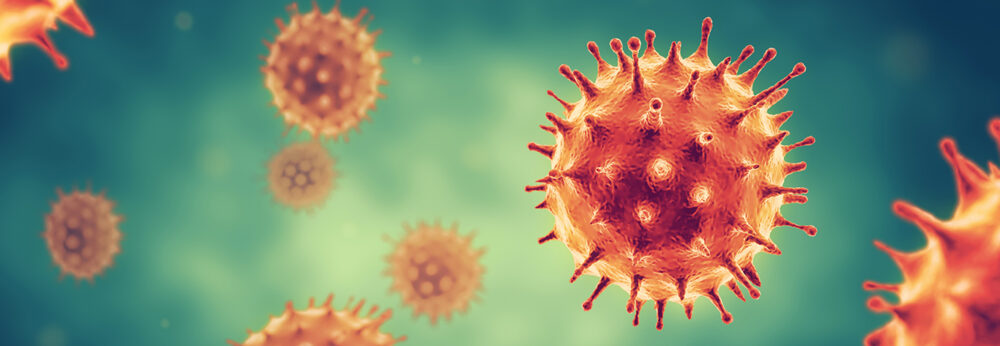Posts Tagged ‘SARS-CoV-2’
Demystifying Portable Air Filtration Units in Healthcare
In this week’s article, we discuss the factors you should consider when choosing an air filter for a healthcare setting. From HEPA filters to built in particle sensors, we demystify the confusion surrounding air filtration units. Air filtration units have attracted significant attention with hospitals, offices, GPs and schools, all purchasing units to try and…
Read MoreOmicron: why all the fuss?
In today’s article we share the latest advice on the new COVID-19 variant of concern (VOC), Omicron. We discuss where it first emerged, whether it’s more transmissible than other variants and if vaccinations are effective against it. You may have heard that there’s a new COVID-19 variant of concern (VOC) on the block: it’s called Omicron and…
Read More28 Australian Societies provide consensus on COVID-19 guidelines
Sourcing up-to-date reliable information on COVID-19 management and treatment can be difficult. There are so many different sources of information, from peer-reviewed journals, mainstream media, social media, peers, media statements and ‘preprints’ – or non-peer reviewed journal articles. What makes this even more complicated is the potential bias associated with some of these sources of…
Read MoreEnvironmental contamination risk from asymptomatic SARS-CoV-2 infection
There is emerging evidence that contaminated surfaces play a role in the transmission of the SARS-CoV-2 virus that causes COVID-19. This is in line with the diverse transmission routes of other respiratory viruses such as SARS-CoV-1 and influenza. One of the key features of SARS-CoV-2 is the documented spread from people with asymptomatic and pre-symptomatic infection. A new study has identified…
Read MoreModelling the spread of SARS-CoV-2 from surfaces in clinical settings using a DNA marker
The principle transmission route for the SARS-CoV-2 virus that causes COVID-19 is through respiratory droplets. Indirect transmission of these droplets to a susceptible person through contaminated surfaces may play an important – and underplayed – role in the transmission of SARS-CoV-2. A study from scientists at UCL and Great Ormond Street Hospital (GOSH) uses a DNA marker…
Read MoreFace masks, face shields, and preventing the spread of COVID-19
The SARS-CoV-2 virus that causes COVID-19 is primarily spread by respiratory droplets, although other routes of transmission (including contact with contaminated people and surfaces) play a role too. One of the most important ways to prevent the spread of the respiratory droplets that transmit SARS-CoV-2 is through physical distancing. Where this is not possible, respiratory…
Read MoreCOVID-19 pandemic picks up pace
The latest news on the COVID-19 pandemic is that it’s picking up pace and very much going global. There have now been more than 450,000 confirmed cases worldwide, and more than 21,000 deaths (with a case fatality rate of 4.5% amongst confirmed cases). In the UK, there have been almost 10,000 confirmed cases and more…
Read MorePersistent shedding of COVID-19 – what does this mean?
Several epidemiological studies have shown that the shedding of the SARS-CoV-2 virus that causes COVID-19 can continue for many days after symptoms resolve. What does this mean? Do people remain infectious after their symptoms resolve? The answer isn’t clear, but it seems that people are most infectious at the start of their symptoms, and much less…
Read More


